Recently I searched the book shops online for some old and rare occupational health and safety (OHS) books. I often bang on about needing to understand OHS beyond our own professional and academic life times, as OHS, like any other discipline, continues to evolve.
Below are a few of the books I purchased. I am not going to have time to read them all but there are snippets of interest in each of them.
There are many books that I buy new but when some of them are a couple of hundred dollars, the only option is to look at secondhand shops or head to the local WorkSafe library.
The Safety and Health guide was published in 1993 by The Safety League of New South Wales. It includes many archaic recommendations for public and personal health but in “Safety and Health in Industry” it says this:

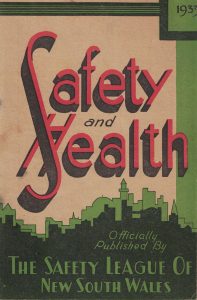
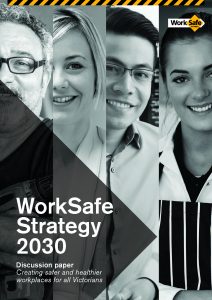
 The annual
The annual 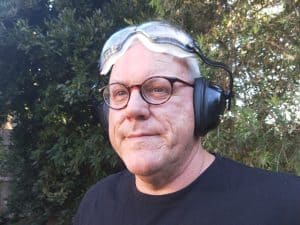 It is rare to find new designs in personal protective equipment (PPE). Trousers may have new pockets or padding. Helmets may have additional ventilation. Goggles have improved anti-fog holes. But rarely is PPE combined.
It is rare to find new designs in personal protective equipment (PPE). Trousers may have new pockets or padding. Helmets may have additional ventilation. Goggles have improved anti-fog holes. But rarely is PPE combined.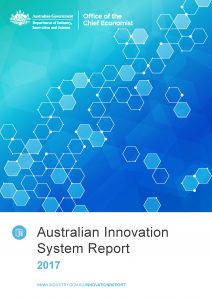 Australia’s Office of the Chief Economist released a report on December 6 2017 whose relevance to occupational health and safety (OHS) is not immediately apparent but contributes to understanding the context of OHS in modern business processes.
Australia’s Office of the Chief Economist released a report on December 6 2017 whose relevance to occupational health and safety (OHS) is not immediately apparent but contributes to understanding the context of OHS in modern business processes. 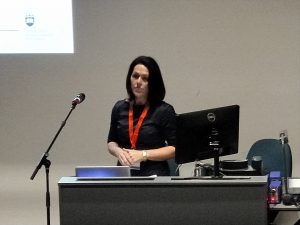 Rail-related suicides are tragedies that ripple throughout society affecting families of the suicides as well as the train drivers, their families and their colleagues. Various strategies are being trialled but often the results of interventions are hard to quantify. At the annual conference of the
Rail-related suicides are tragedies that ripple throughout society affecting families of the suicides as well as the train drivers, their families and their colleagues. Various strategies are being trialled but often the results of interventions are hard to quantify. At the annual conference of the  Engineering and design Standards have existed globally for a long time. They have considerable authority, often provided through legislation, and underpin many of the safety devices and equipment used in workplaces. But does compliance with Standards mean that something is safe?
Engineering and design Standards have existed globally for a long time. They have considerable authority, often provided through legislation, and underpin many of the safety devices and equipment used in workplaces. But does compliance with Standards mean that something is safe?